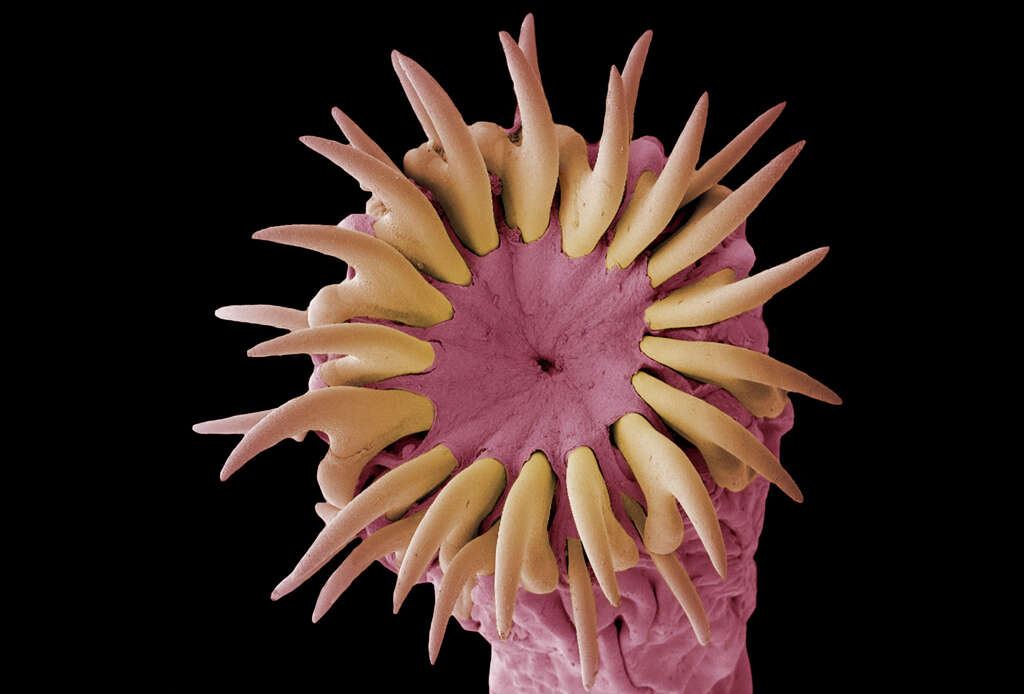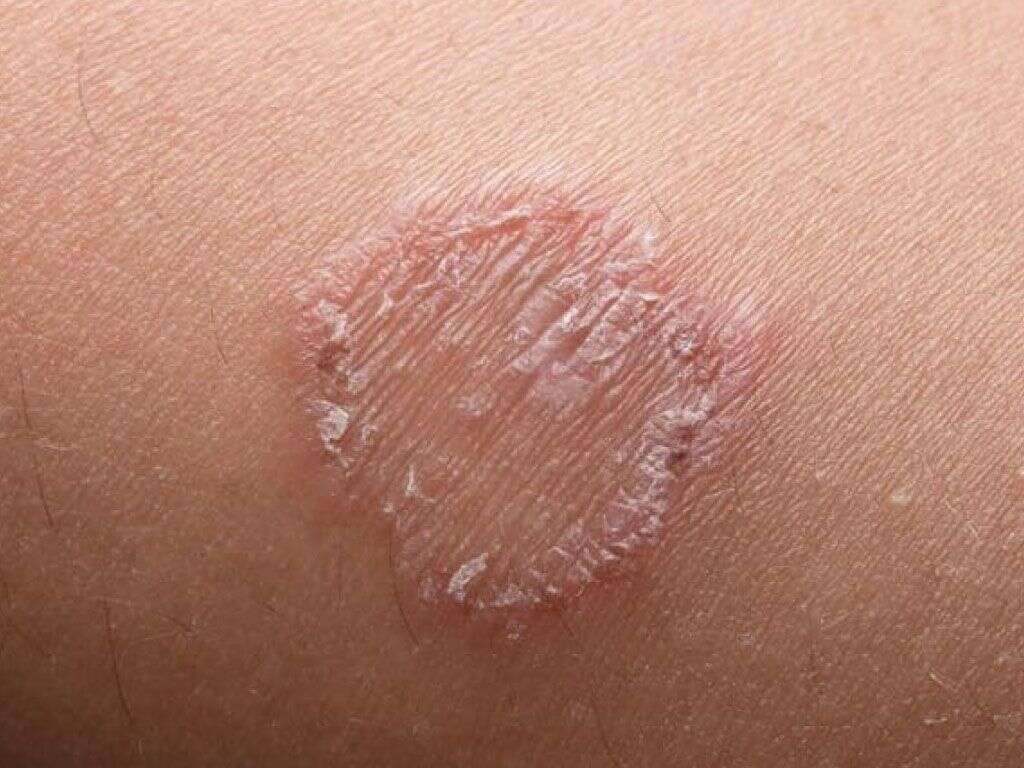What Is Neurocysticercosis?
Discover how millions of individuals around the world are affected by neurocysticercosis. This parasitic infection is caused by the pork tapeworm and is a preventable infection. Learn more about the signs, symptoms and causes of this infection in the United States and around the world.
While the infection rate in the United States is relatively low, the World Health Organization named the pork tapeworm, or T. solium, the greatest global concern in terms of food-borne parasites. Discover where infections are most likely, why it’s difficult to diagnose many cases and how international efforts can dramatically lower the number of worldwide cases.

1. What Causes Neurocysticercosis?
The eggs of a pork tapeworm live on in pork not properly cooked or on surfaces and equipment not properly cleaned after preparing contaminated pork. Proper hygiene can reduce the risk of neurocysticercosis, so it’s primarily found in rural areas with limited resources.
Food handlers in rural areas commonly spread pork tapeworm eggs. After processing a pig and preparing meat to be cooked or sold, a food handler may have infected a number of surfaces. Once humans are infected with intestinal pork tapeworms, they can spread the parasite through feces and improper hygiene practices.

2. What Diseases Are Caused by Tapeworms?
Neurocysticercosis is only one disease caused by T. solium. This tapeworm can also cause taeniasis. Taeniasis, unlike neurocysticercosis, has mild symptoms or no symptoms at all. These may include weight loss or abdominal pain. While mild, these symptoms will continue while the adult tapeworm lives on.
Despite the mild symptoms of taeniasis, it can cause complications that lead to cysticercosis or neurocysticercosis. These diseases come with serious symptoms and long-term health concerns. It’s essential to prevent the spread of complications caused by T. solium and to understand the signs of an infection before it is too late.

3. What Are the Symptoms of This Disease?
Most individuals with neurocysticercosis experience epilepsy. With up to 50% of cases including this symptom, it is the most common cause of acquired epilepsy worldwide. Other symptoms include a stroke, headache, dizziness or neuropsychiatric dysfunction. These symptoms are rarer, but can still cause serious issues.
While some cases of acquired epilepsy aren’t serious, many can lead to life-threatening issues. Injuries caused by seizures and other medical problems associated with acquired epilepsy make it a serious issue for individuals at risk for neurocysticercosis. Explore other ways that this parasitic disease is serious and how to diagnose it.

4. How Serious is Neurocysticercosis?
This illness is considered a neglected parasitic infection, which means it is a preventable illness. Proper hygiene, education and health care can dramatically reduce or even eliminate worldwide cases of this disease.
While the risk of exposure is rare in the United States, it remains a serious illness in much of the world. Difficulties with cleanliness and lack of access to medical care are major hurdles for preventing neurocysticercosis in the developing world. Find out how common this illness is worldwide and explore ways to diagnose, prevent and treat it.

5. How Common Is Neurocysticercosis?
There are approximately 1,000 new hospitalizations in the United States every year for this illness. There are 50 million worldwide cases, with 80% of cases in the developing world. Many of the cases are found in Latin America, China, India and Africa. Continued education and hygiene practices in these areas of the world can dramatically reduce the number of cases.
Most of the cases in the United States are in immigrant populations. The rising rate of immigration has seen an increase in cases in the country. Cysticercosis accounts for approximately 10% of emergency room visits due to seizures.

6. Where Is the Disease Most Common?
Rural farming communities in developing countries are particularly susceptible to this disease. Areas where communal farming and free-roaming pigs are found can struggle to control an outbreak of T. solium infection.
Another risk factor is close contact between pigs and human feces. If pigs are allowed to roam near human garbage or feces, they are at a high risk of hosting this parasite. Finally, inadequate testing and education can allow the infection to rapidly spread throughout a community. Both the pig and human populations can easily spread the parasite and disease.

7. How Is It Diagnosed?
Part of the difficulty in preventing and treating neurocysticercosis is the equipment required for a proper diagnosis. This disease requires CT or MRI brain scans for accurate diagnosis. Serious cases can be determined based on a blood test, but light infections may not appear in a blood test.
It’s important to contact a medical professional if you suspect you or someone you know has an intestinal tapeworm infection. Unfortunately, these diagnostic barriers make it difficult to accurately test in many parts of the world. This results in contaminated individuals and animals that can spread the tapeworm.

8. How Is It Prevented?
This parasitic disease is completely preventable. The most important prevention strategies are proper hygiene and avoiding food and water that may be contaminated. Thorough hand washing before and after handling food, changing diapers and using the toilet are essential steps to take to prevent the spread of T. solium.
If you’re in an area of known T. solium presence, be sure to avoid or filter and boil tap water. Wash and peel raw fruits and vegetables and thoroughly cook any pork or other meat. These steps can dramatically reduce the risk of an intestinal tapeworm infection.

9. What Treatment Options Are Available?
Prevention is the best strategy for avoiding neurocysticercosis. However, there are treatment options available for individuals already living with this disease. Ask a medical professional for more information about the best options for any specific case. The treatment options vary depending on the severity of the case and other factors.
Some cases of cysticercosis or neurocysticercosis require medication or surgery. A doctor will perform the necessary tests before recommending a treatment option. Individuals with neurocysticercosis may require an antiepileptic medication to prevent the symptoms of acquired epilepsy.

10. How Are Neurocysticercosis and Cysticercosis Different?
Both infections are caused by the larval stages of T. solium. When an individual ingests the eggs of this tapeworm, the eggs embed themselves in tissues throughout the body. This can cause cysticercosis in muscle or eye tissues or neurocysticercosis if the eggs are embedded in brain tissue or the spinal cord.
The severity of symptoms of each depends on the number of cysticerci, or lesions, present. Cysticercosis has a few minor symptoms that aren’t as severe as neurocysticercosis. These symptoms may not even be noticed by an infected individual, but continuing to spread the T. solium eggs can result in more infections and cases of neurocysticercosis.












